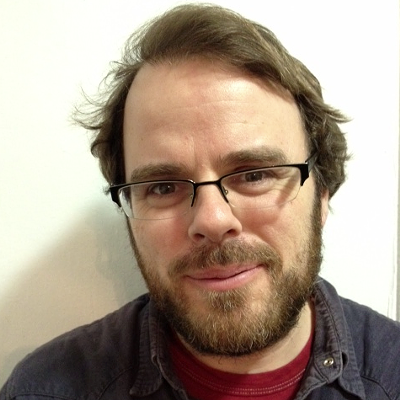Like the blood that gushes forth from the elevators of the Overlook Hotel, brilliant/ridiculous theories of what Stanley Kubrick's The Shining is really about have for years surged madly and memorably -- especially online, where the Internet's dead-ends, blind links and back-where-you-started arguments just might be another part of the impossible labyrinth Kubrick planned all along. (They're not.) The most compelling of these theories have been assembled into the remarkable film Room 237, a copyright-flouting film essay that plays the coasts starting March 29. According to one of the theorists interviewed in it, Kubrick was "the megabrain of the planet," boiling down all of existence into a "movie dream" that he "shines" into us even today.
Look for our review from Steven Erickson next week. And look for the movie to play near you soon -- presuming the entire enterprise doesn't get lost forever in the hedge maze of copyright law. In the meantime, here's a quick guide to theories that Room 237 has a go at shining into viewers:
Theory 1: The Shining is about the genocide of Native Americans.
Evidence: The Overlook Hotel's Navajo decor; Calumet baking powder cans (logo: an Indian chief) appear at moments when characters are "making treaties"; Calumet means "peace pipe"; Nicholson's Jack Torrance asks a phantom bartender to commiserate about "the white man's burden"; Torrance is "a weak male hired to commit atrocities"; original movie posters for The Shining's European release declared "The wave of terror that swept across America"; The Overlook is built over an Indian burial ground, which must be where the elevators haul the blood from.
Least-Compelling Evidence: The silent summer caretaker who sulks through Torrance's job interview and walks several steps behind his boss has skin that, on a muddy VHS copy, could possibly seem non-white.
Theory 2: The Shining is a retelling of the myth of Theseus
Evidence: Nicholson's Torrance looming over the hedge-maze labyrinth; the mazelike structure and impossible architecture of the Overlook Hotel, especially in the long Big Wheel-through-the-hallway sequences; a ballroom is called "The Gold Room," and Theseus followed a golden thread through the maze.
Least-Compelling Evidence: In the Overlook rec room, a poster of a skier looks, if you squint just right, kind of like a Minotaur.
Theory 3: The Shining has "a deeply laid subtext that takes on the Holocaust"
Evidence: Kubrick had long considered making a Holocaust film; Nicholson's Torrance uses a typewriter from the German manufacturer Adler, the name "Adler" being German for "eagle," the bird that represents Nazi Germany; Nicholson's Torrance wears an eagle shirt; typewriters suggest the mechanized brutality of the Third Reich, which is why Schindler's List has lots of typewriters in it; an early dissolve from one scene to another seems to show Overlook Hotel tourists being turned into a stack of luggage; the number 42 appears again and again in The Shining, 1942 being the year the Final Solution kicked in; frequent uses of the number 7 and multiples thereof suggest Kubrick was familiar with Thomas Mann's Magic Mountain; in another dissolve, Nicholson's receding hairline in the penultimate image becomes a Hitler mustache on his face in the final one.
Least-Compelling Evidence: In an establishing shot of the hotel, there are 42 cars and trucks in the parking lot.
Theory 4: The Shining contains Stanley Kubrick's admission that he helped to fake the moon landing.
Evidence: All of 2001: A Space Odyssey, which was an R&D project to perfect the front-screen projection techniques Kubrick would use when filming Neil Armstrong on a soundstage; curious lights in the background of NASA's moon-landing footage; the fact -- asserted but not supported -- that the fakery occurred on some studio's stage 237; the fact that Kubrick changed Steven King's room 217 to room 237; the fact that the moon, according to older science textbooks, is some 237,000 miles from earth; the no-joke, pretty-goddamn-amazing way the carpet young Danny Torrance plays on resembles satellite photos of the Apollo 11 launch site; Danny wears an Apollo 11 sweater as he marches into room 237.
Least-Compelling Evidence: A keychain reading "ROOM No 237" has the letters M-O-O and N capitalized on it.
Theory 5: The Shining is a story of demons sexually attracted to humans and feeding off them.
Evidence: The dude who interviews Jack Nicholson has, for just a couple of frames, a shadowy boner; for no clear reason at all, Nicholson's Torrance, on his first day of work, reads a Playgirl in the hotel lobby as he waits to speak to his boss.
Least-Compelling Evidence: Reading the Playgirl indicates that Nicholson's Torrance has been sexually abused. Also, Stanley Kubrick airbrushed his own face so subtly into the clouds during the opening credits that you can't even see it.











